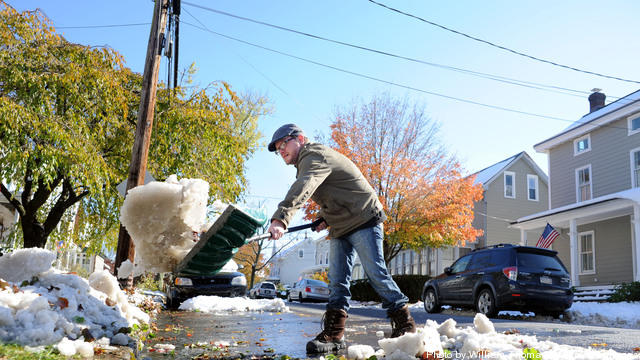
Although solar photovoltaic (PV) panel prices are rapidly dropping, integrating a high quality solar energy into the grid will have added costs, particularly because solar is an intermittent resource with highly variable output and repercussions for transmission grids.
To assess the issue, the US Department of Energy and Nevada’s utility, NV Energy, jointly sponsored a study conducted by Navigant Consulting on what the integration of solar in Nevada will mean for the utility. Download the full study here. Keep reading →









